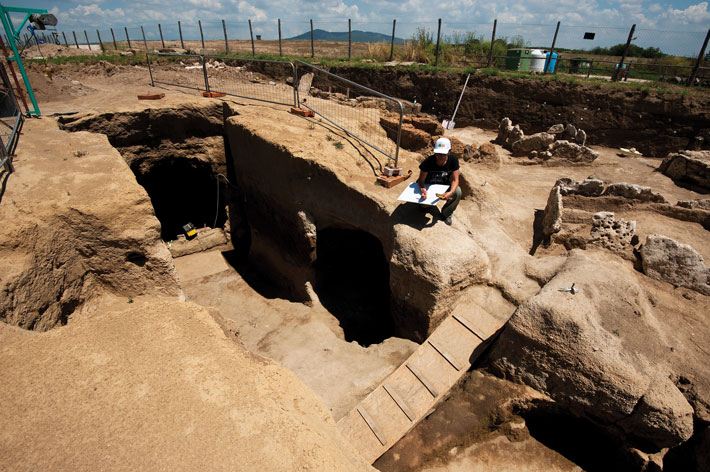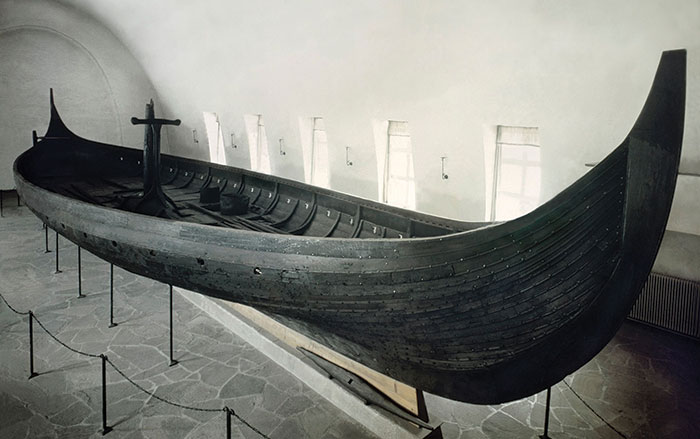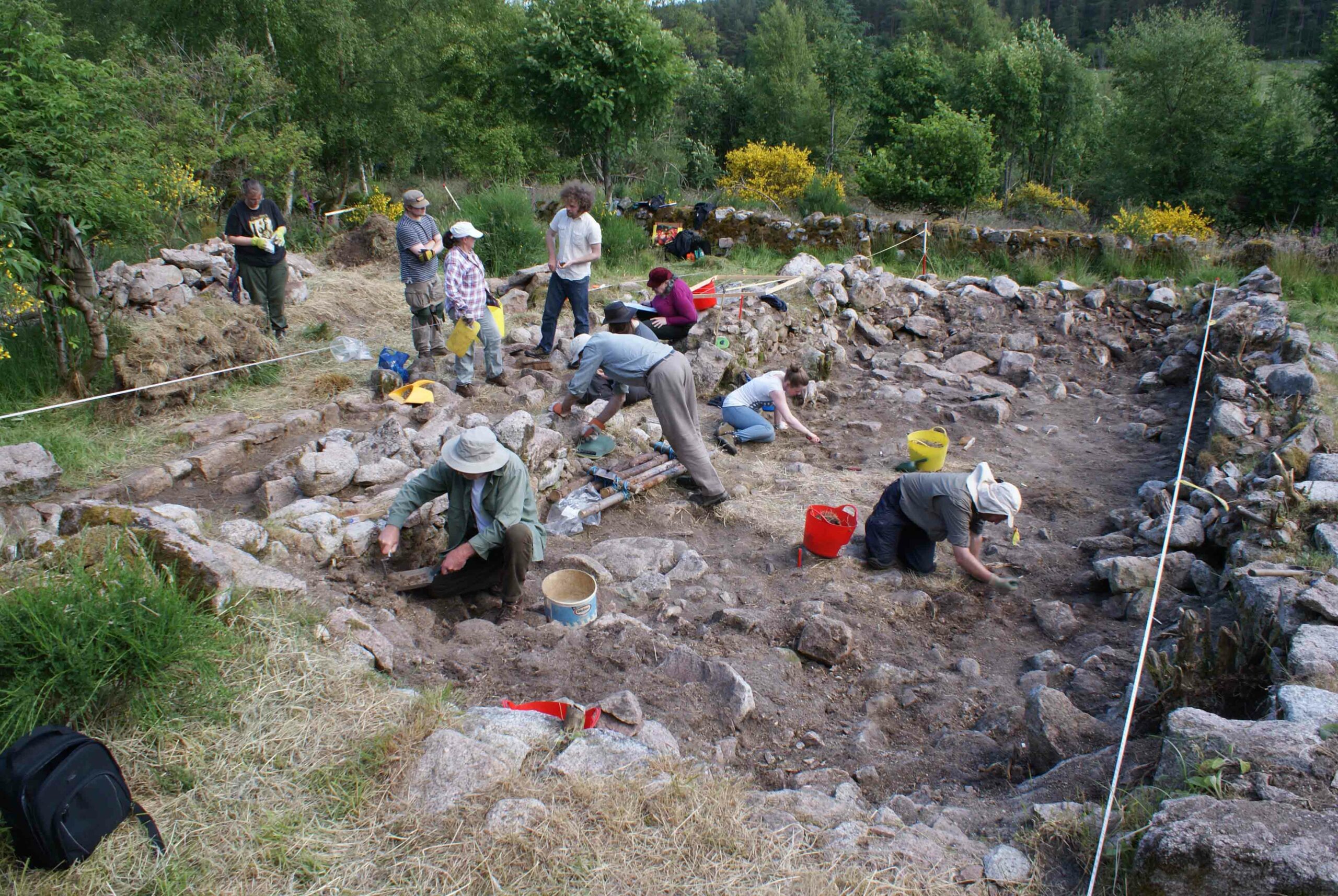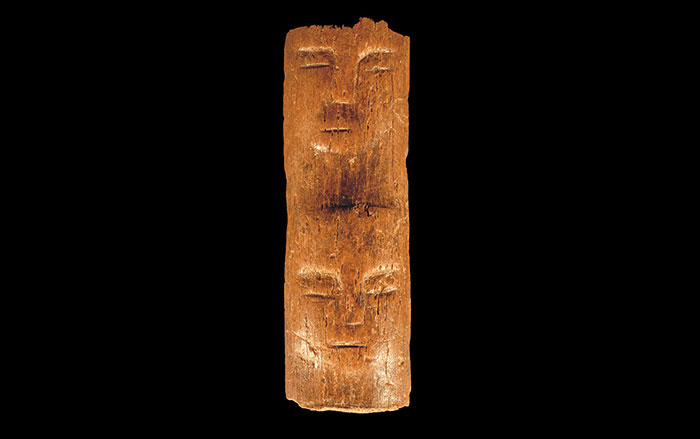
OXFORD, ENGLAND—A new study of Paleolithic stone tools from 17 sites in North Africa shows that between 130,000 and 75,000 years ago, there were at least four separate populations in the region, each with its own distinctive cultural traits, reports phys.org. Researchers led by University of Oxford visiting scholar Eleanor Scerri made 300,000 measurements on stone tools and combined the data with enviromental reconstuctions of prehistoric North Africa to analyze how modern human populations dispersed across the Sahara using ancient rivers and streams that no longer exist. "This is the first time that scientists have identified that early modern humans at the cusp of dispersal out of Africa were grouped in separate, isolated and local populations," says Scerri. "Our picture of modern human demography around 100,000 years ago is that there were a number of populations, varying in size and degree of genetic contact, distributed over a wide geographical area." According to SScerri , the team's work supports the theory that modern humans left Africa before 60,000-50,000 years ago.










